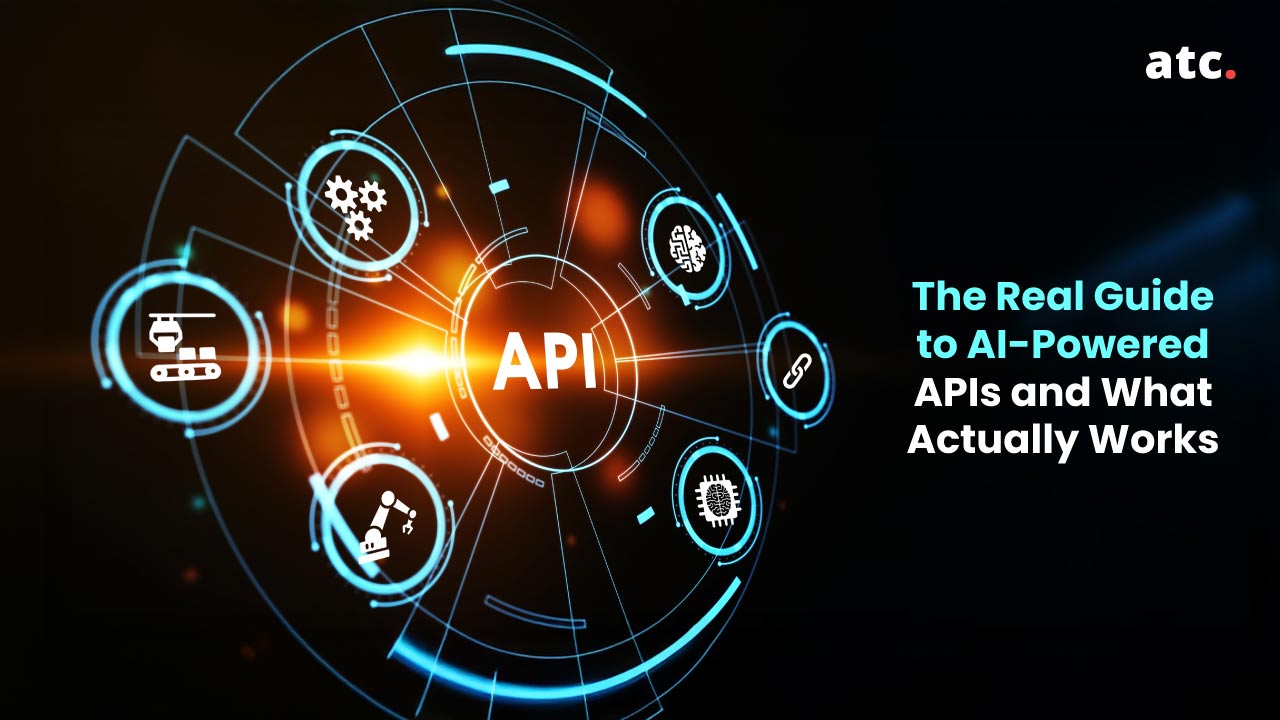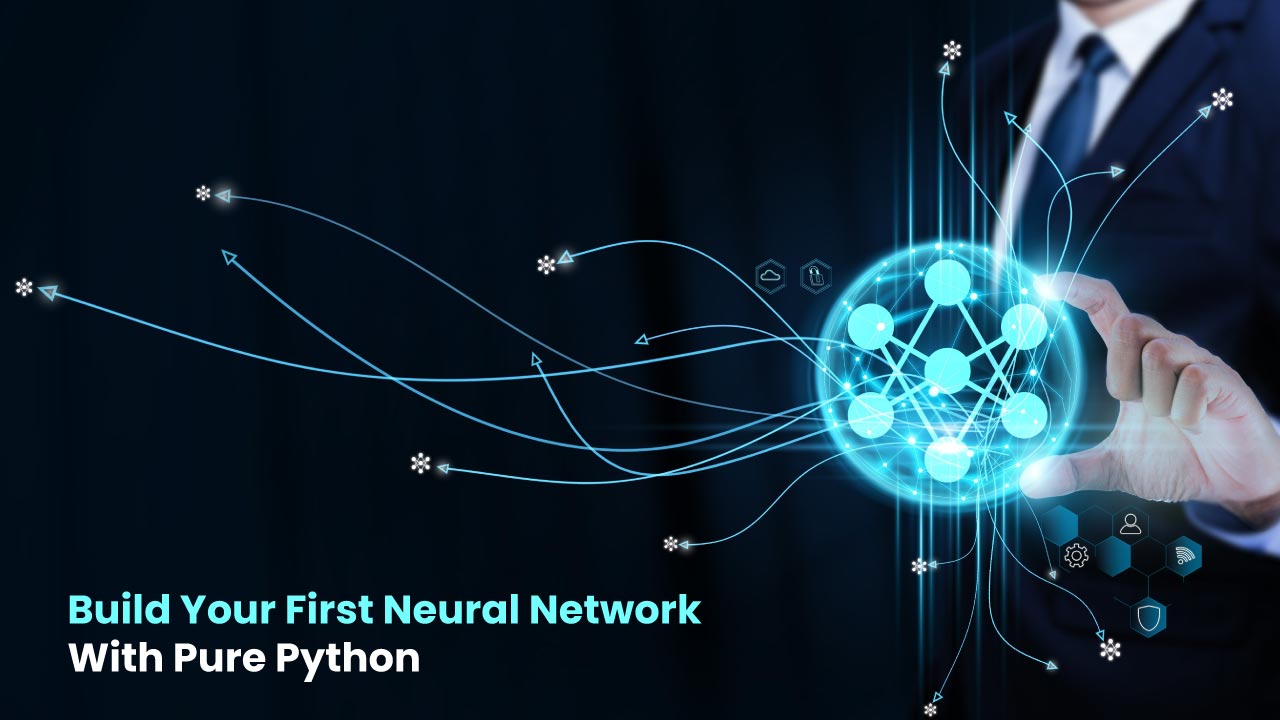Subscribe to the blog
In the present day disruptive business environment, along with globalization trends and flexible teams kicking in, the need for suitable project management software has skyrocketed. More organizations are adopting the Agile mindset of delivering their products and services. Consequently, the demands for flexible Project Management software with additional organization-specific features are rising.
Project managers are frequently in a dilemma when selecting a project management software. There are many options to choose from, such as traditional on-premise or SaaS-based and free vs. paid. But you need not get confused, as this article has got everything covered!
We will discuss SaaS project management, its key features and benefits, and the best solutions in the market. This article may be interesting to project managers or the leadership team responsible for directly managing their teams at work.
What is Project Management Software?
Let’s say you want to bake a cake. This process is a project that involves many steps that must be followed in a particular order. For example, we cannot start with the icing, we have to prepare the cake batter first. Similarly, we cannot mix multiple flavors in one cake layer. Each layer has to be prepared separately.
This is where the role of project management software comes in. It specifies who has to do what and in which sequence. Overall, it helps gather correct data and insights throughout the journey and towards the project goal.
Project management software products are designed to manage complex tasks easily. Online collaboration, task responsibility, progress tracking, and even budget allotment are possible with this software. The team can log in their effort, add notes, or mark their absence. The project managers can track the progress of their teams, prioritize urgent tasks, and assign incomplete tasks before the deadline.
Therefore, for project managers (PMs), a project management system assists with every stage of leading a project, from the initial planning to the final software delivery. The usage of this software increases the efficiency as the overhead monitoring tasks are taken care of in the background.
Project Management Softwares have been in the picture for a few decades, helping organizations keep everything on track. But are you still using Microsoft Project Management Software hosted on a local server? If you are, you may not be on the same page as everyone else.
What is Project Management SaaS?
With business solutions migrating to the cloud, there is a need for ‘in-demand’ project management software accelerated with the use of Software-as-a-Service (SaaS) technology. SaaS-based Project Management software leverages the potential of cloud and suites to your business needs and goals.
SaaS project management covers a wide range of comprehensive tools for managing a complex project—from the initial planning phase to the final delivery phase. SaaS Project management software comes with live chats, virtual conference rooms, cost and budgets analyses, bug tracking, workflow management, online timesheets, documentation, and also custom reporting and templates.
Compared to the traditional software, SaaS Project Management software solutions provide plenty of benefits due to their cross-platform compatibility, flexibility, and pay-as-you-go cloud pricing model. This feature encourages businesses of all sizes to get started with on-demand Project Management solutions. They don’t have to invest large sums of money purchasing and maintaining the cloud software.
Check out: Top 6 SaaS Pricing Models
Apart from the benefits of cloud technology, SaaS technology saves you from common pitfalls, such as delayed tasks and costly conflicts, and IT synchronization issues during the project timeline.
Benefits of SaaS Project Management
Let us take a detailed look at some benefits of using SaaS-based Project Management software and understand why they are flourishing in the industry.
- Cost-Effective
SaaS Project Management has a better cost advantage over traditional Project Management software. On-premise software requires you to purchase a server to run on it. Moreover, the installation costs, maintenance effort, and upgrades are overpriced.
In the case of SaaS Project Management, the subscription-based pay-as-you-go cost model allows even small-scale businesses to provide their clients with the best services at an affordable rate. Companies usually pay as long as a single large project continues, and then discontinue when they no longer need it.
Furthermore, you do not need to pay attention to the software upgrades and maintenance costs. The SaaS vendor handles them, and thus, they are not a subject of surprise. Thirty-day free trials can be a good way for companies to determine if the choice is right for them before committing to a monthly subscription.
- Better Collaboration
Since the onset of the pandemic, the world has witnessed millions of virtual teams, individual workers, and clients working remotely. It has increased the communication gap and the interdepartmental collaboration seen in offices.
SaaS can break these collaboration barriers. SaaS Project Management solutions allow having a central workplace for all the approved users, irrespective of their physical location. They can access the necessary data, contribute, and deliver from anywhere globally, provided they have a reliable Internet connection.
As opposed to the on-premise solutions with synchronization issues, now one can effectively communicate and keep track of the deliverables sitting anywhere in the world.
- Flexibility and Scalability
SaaS Project Management solutions offer a horizon of advantages over traditional software. They are very user-friendly and only need an Internet connection and a browser. You can use them across multiple devices with a single login.
This way, the extra cost and effort of training employees in the functionality of an on-premise management tool are cut short.
Another unique benefit that comes with SaaS is its scalability. SaaS Project Management solutions are highly scalable and can be upgraded as your organization grows. You can opt for additional features or upgrade your current subscription seamlessly, according to business requirements.
- Cloud Security
SaaS solutions have revolutionized the process of minimizing risk and security breaches. The cloud-based security model limits access to the platform based on certain defined user roles. Thus, the external vendors may have partial or no access to private data and information stored.
The cloud technology integrated into the SaaS Project Management tools provides better security than the on-premise systems with built-in disaster management and data recovery systems. It prevents data loss, takes responsibility for data encryption, regular updates, and mitigates the vulnerabilities in case of an emergency.
- Allows Integration
Every project manager wants their teams to be successful. But for that, they need the correct set of project management tools. These tools should ensure that they can be seamlessly integrated with others, allowing us to connect with other used platforms on the go.
Almost every modern SaaS Project Management tool comes with features to integrate with other platforms through APIs or customized processes. These attributes provide the capability to maximize the potential of the existing systems while boosting the adaption score.
How would you evaluate SaaS Solutions?
With the growing number of projects to be managed, the need for an effective management tool for project managers is predominant. You may want software that can take care of critical data, aligns with regulatory compliance, and handles access with minimal upfront investment.
But we should keep in mind that there is no such thing as a one-size-fits-all solution in the software industry. The right choice for a project management solution depends on several factors. Understanding these may help you make a correct decision for your team and organizational success.
1. Business Requirements
The first thing to note while buying a SaaS product is to gather a clear business purpose. A clear picture of the current business requirement of your teams is necessary when choosing a Project Management solution. Organizations should focus on what to improve to get a concrete answer to this factor.
Business requirements may depend on unique functionalities such as project management, task management, resource management, or performance analysis.
- Project Management:
This aspect covers data accessibility and workflow management and includes Project Management tools like graphs and dashboards. One must pay attention to additional navigation features and filters that these visual tools may provide. Some examples are Kanban dashboards, Gantt charts, etc.
- Task Management:
This level covers everything related to managing tasks till the project is delivered. It includes task prioritization, allocation, scheduling, and tracking progress. One must pay extra focus to check if the Project Management solution is easily navigable. It should show details, track critical or overdue issues, and add notes, files, or comments.
- Resource Management:
Several resources are vested in a project, like employees, tools, technologies, and budget. Managing these different resources with one Project Management software needs your focus in specific areas.
For example, in the case of employee management, one might need to track the availability and capacity of the groups/individuals concerning the task allocation and its priority status. Similarly, for budget or project materials, continuous monitoring is a necessity throughout the project duration.
- Performance Analysis:
This area captures the overview of the project’s health, including real-time input and output data, the team’s workload, and capacity measures. It calls for managers to pay attention to the automatic calculations features of the software to avoid any bottlenecks in the future.
2. Usability
Usability is one of the predominant factors that one must consider while evaluating any SaaS solution. It usually depends on the team size and usage of the software. This includes fast navigation features, interface familiarity, technical support facility, mobile application, and user documentation.
- Interface Familiarity:
The project management tool should have a simple interface that doesn’t make you struggle to apply a function. So, the user-experience aspect is crucial when you’re deciding on a Project Management tool.
A good ground rule is: if the tool is making you wonder what to do next or you’re feeling nervous while playing around with the available features, don’t buy it!
- Technical Support Facility:
Before making any purchasing decisions, technical support is an essential factor that you must consider. Every product is prone to failures or server issues, and having a proactive support team is crucial during these times.
One must select a vendor that offers various support services. These services include emails, hotlines, live chat rooms, regular bug fix updates, quick alerts, and response mechanisms. Project managers should also clarify beforehand about their service shift to avoid any last-minute hassle between offshore teams working across different time zones.
- Mobile Application:
Today’s generation is used to looking at the phone in the palm of their hands more than what is right in front of them. Therefore, having a mobile app-friendly SaaS solution is an absolute must.
It need not be equipped with every web version feature, but it must contain the basics of task and resource management modules functioning in real-time. Further, the app must be compatible with both Android and iOS.
- User Documentation:
Lastly, a user guide is essential for your new SaaS product. User guides usually contain detailed documentation about the tool and its available features with visualization graph examples. One can easily go through the document or website often present in the product’s main webpage.
3. Architecture
Organizations can be widely categorized based on Project Management methodologies such as Agile, Kanban, Six Sigma, Lean, and Waterfall. One should select their tool to align with their organization’s current Project Management methodology. Otherwise, they might waste time and resources unnecessarily.
With Project Management architecture, the focus should be on the SaaS solution’s security compliance, scalability, and integration options.
- Security:
As discussed above, data security is one of the main areas to focus on while evaluating a SaaS solution. Project Managers should pay attention to the security compliance of the software. They should check whether it has single or two-factor authentication, end-to-end encryption, group-level access control, single sign-on, etc.
If the software has a mobile app facility, mobile version security compliance is necessary.
- Scalability:
As an organization grows, it is typical for your SaaS product to be overloaded. It can happen if the projects, resources, or multiple clients use the system simultaneously.
The Project Management tool must respond to the request surge without any lag during these times. Therefore, you should check this aspect beforehand to avoid any last-minute surprises.
- Integration:
One must look for smooth integration options in the Project Management tool in two cases:
- The organization is already using a Project Management software and wants to move to the new one, or
- They need an additional one.
The Project Management tool must efficiently transfer all your data from the old system. Upon successful integration, you can leverage the full potential of the features of the new solution.
4. Vendor Reputation & Feedback
This factor carries less significance in evaluating a SaaS solution. However, one must consider the brand value and customer reviews before making a concrete decision.
- Brand Awareness:
This criterion may seem pretty controversial for some brands, as it may not play a dominant role in SaaS evaluation. While for others, it may not be the case.
A SaaS product may distinguish itself amongst other competitors with its brand tag. Brand recognition usually depends on the popularity measures amongst its users and the company’s age and marketing campaigns.
- Customer Feedback:
The SaaS Project Management software’s landing page often contains testimonials and feedback from its customers and client companies. You can find the relevant contacts in these success stories to connect with and learn more.
For SaaS solutions, one can also gather reviews from unbiased platforms like Capterra and G2 Crowd. One can also check if the vendors have nominations or achievements in this field and have a good reputation.
- Number of Users:
The product recognition typically depends on the number of users associated. However, one must not discard any solution based solely on these criteria. Newly launched products may have less number of users, but that doesn’t generally mean that they cannot fulfill all your feature requirements.
5. Test Drive
Test driving is the best way to evaluate your shortlisted SaaS Project Management solutions. Be sure you invite your team members to demo meetings as well to familiarize them with the platform. Remember that you are not the only one who will be using this software daily at work. Therefore, the whole team’s comfort should be considered.
Match and compare the business requirements with the different solutions on the plate and choose the best. Also, try to utilize the trial period effectively to make a good purchase decision — if the solution can fit or not.
6. Cost and Terms of Use
Lastly, the costs and license conditions have to be thoroughly understood to avoid any wrong implications in the future. The pricing terms—subscription (monthly, semi-annual, or annual), adaptation and implementation costs, on-time charges, number of users, available features, etc.—are some tiers of the cost models that SaaS Project Management solutions might offer.
Don’t forget to read the terms of use and user license documents carefully. If necessary, you can discuss with your vendor and extend your license to contain additional specific conditions. The premium license offers conveniences in addition to basic, such as the option to access filtered statistics and reports.
Evaluation of SaaS Solution Step-by-Step Guide
We have compiled a step-by-step guide on the journey to evaluate a SaaS solution for Project Management:
Step 1: List your business requirements and what you need to improve.
Step 2: Research all available tools in the market in this category and their vendors.
Step 3: Prioritize the options according to your business objectives.
Step 4: Select the top 3–5 options and schedule a demo call with them. Keep your questions handy.
Step 5: Discuss every detail with your fellow Project Managers and trusted team members.
Step 6: Time to make your final decision!
Final Words
Once you have onboarded your new SaaS Project Management solution successfully, it is time to keep on negotiating the contract every year. Negotiation is essential to leverage the most affordable options in the competing industry.
Be sure to perform annual reviews and assessment calls with your vendor. They are always willing to provide you with the best of their services anytime, anywhere.




